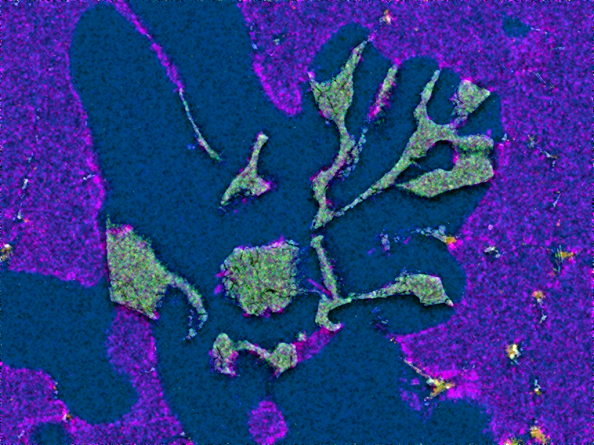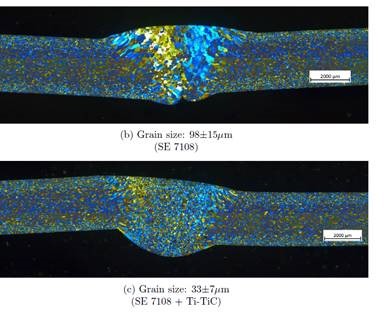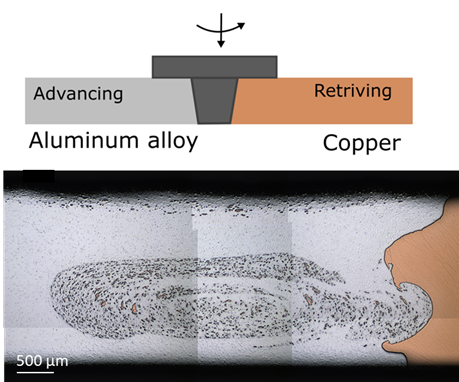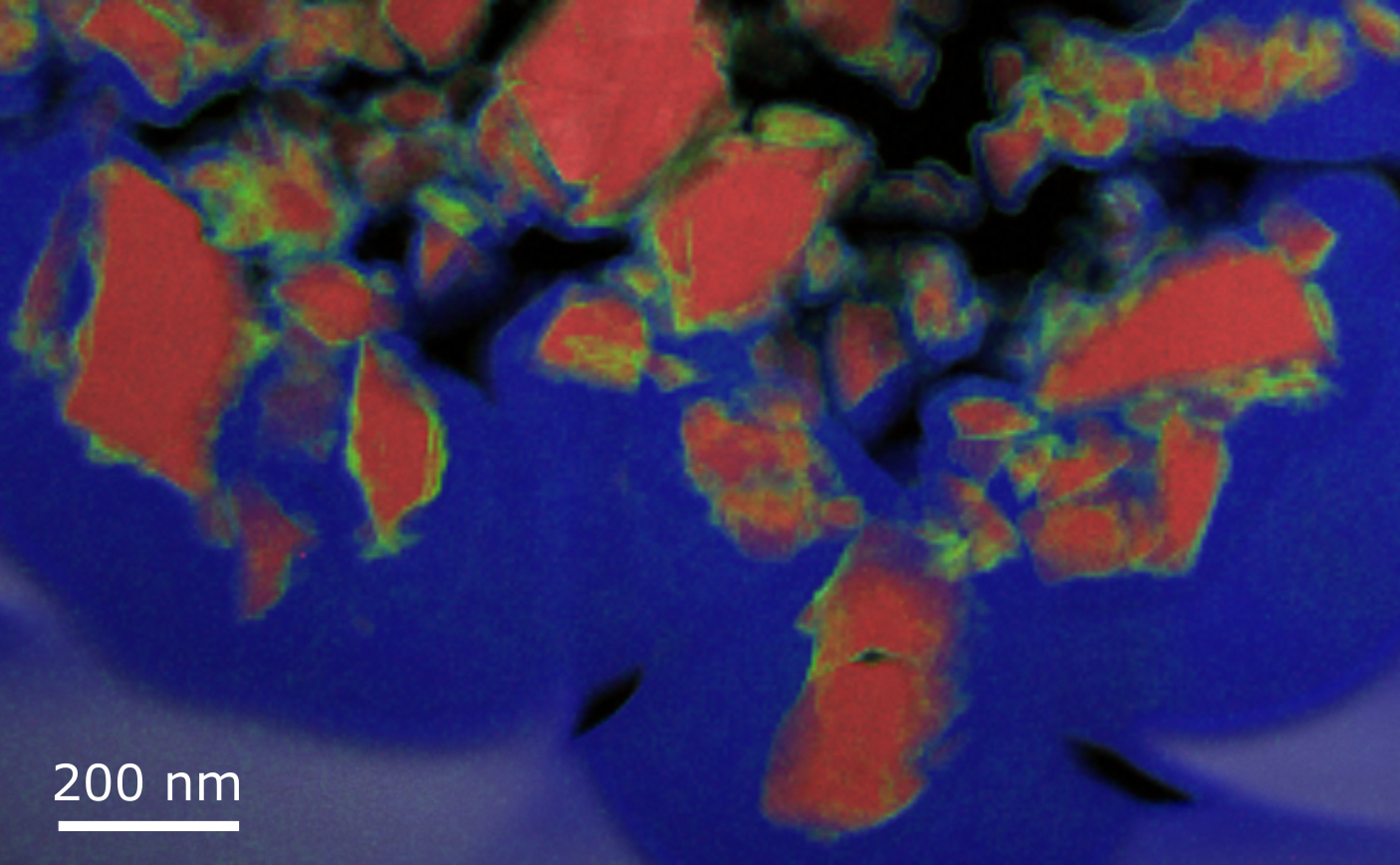Scientific Highlights from 2023
News 2023
2023 has been a prosperous year for SFI PhysMet, in terms of scientific results and potential innovations. We have made short presentations of some of the recent scientific achievements made in the various research areas.
Increased use of recycled metal
A key objective of SFI PhysMet is to enable greater use of recycled metal, including increased understanding of how alloying elements accumulated through recycling affect microstructure and properties. Based on pilot experiments at Elkem, the effect of boron in nodular cast iron has been investigated using various characterization methods. Boron is a common trace element in recycled cast iron with potentially harmful effects, and it is crucial to identify these effects, as even small amounts (ppm) can be harmful. In 2023, the consequence of using up to 40% aluminum from bottom ash in industrially relevant aluminum alloys has been studied both experimentally and numerically. The aim is to understand the effect of increased values of contaminant elements on resulting microstructure and properties. Microstructure has been evaluated using the butanol method in addition to microscopy and X-ray diffraction.

New welding and joining methods
For welding aluminum and steel, both individually and in combination, and their application in large structures (e.g., bridges and offshore wind turbines), there is a need for improved and new welding methods, specifically for welding thick materials. Steel plates with a thickness of 40-45 mm are joined using two-sided laser hybrid technology, and microstructure and mechanical properties are characterized. Methods to alter the microstructure in the weld root (bottom of the weld) have been initiated using preheating and the addition of welding material that forms non-metallic inclusions. These methods enable a ductile microstructure with good toughness. To enable welding of 15 mm steel plates with very high productivity, one-sided laser hybrid welding and joint geometry for a stable welding process with minimal welding defects are being developed. Full-scale bridge sections produced with laser welding are then tested for fatigue in the lab with very good results on lifetime, comparable to traditional welding.
Welding aluminum requires the development of high-strength aluminum welding wires, and this can be achieved by adding alloying elements or nanoparticles. The project focuses on establishing various production routes to create next-generation welding wires. Experimental tests combined with advanced characterization (e.g., transmission electron microscopy) are used to explore the quality of the produced welding wires.

For lighter battery systems in vehicles, it is possible to replace copper with aluminum and join them in multi-material solutions. The project is developing methods for joining aluminum to other metals such as copper and stainless steel. In collaboration with industry partners, we are developing solid-phase joining technology (HYB & friction welding) and studying properties.

The Norwegian Public Roads Administration has adopted laser hybrid welding of thick steel for the production of bridge parts. For example, Frønes Bridge in Åfjord and Ya Bridge in Tynset have been produced with laser welding. Laser welding of aluminum has also garnered great interest and has led to several new initiatives for innovation projects.
Katapult Manufacturing (MTNC) in Raufoss has installed equipment for hybrid friction welding and HYB, which will be used to offer industrial process development and pilot development.
Development of numerical tools, including for AM (Additive Manufacturing)
We are in the process of establishing a range of numerical tools for solidification and defect formation using thermodynamic databases suitable for studying the effect of contaminant elements from recycling. This supports two activities aimed at i) increased use of recycled aluminum and ii) the effect of impurities in cast iron. Preliminary results show good agreement between calculations and experiments. Implementation of multi-object optimization has also been initiated; numerical algorithms that can be used to design new alloys based on a set of specifications for chemistry, process, and properties. Activities related to additive manufacturing (AM) include process development for the production of 6xxx-series aluminum alloys, including a study of the effect of non-stoichiometric SiC nanoparticles on microstructure and crack formation. In 2023, models have also been developed to predict the microstructure of aluminum alloys produced by AM. These models can indicate whether a columnar or equiaxed microstructure will form (important for properties) and whether elements will be trapped in the matrix due to the high cooling rate (solute trapping).

Metallurgical-grade silicon

SFI PhysMet Digital Platform
The web portal of the digital platform has been updated and expanded in 2023 with a database of available models and web apps for microstructure models. A new data catalog based on DataVerse has also been created and populated with TEM data and stress-strain curves from SFI PhysMet and previous projects. Work has also been done on how data should be documented for easy reuse and understanding by both machines and humans, as well as a pilot on how the center connects to and utilizes SINTEF's upcoming data management system called data.sintef.no. Recommendations and methodology for traceable data documentation and efficient workflows have been tested on production data for shock absorber forks in collaboration with Raufoss Technology.
